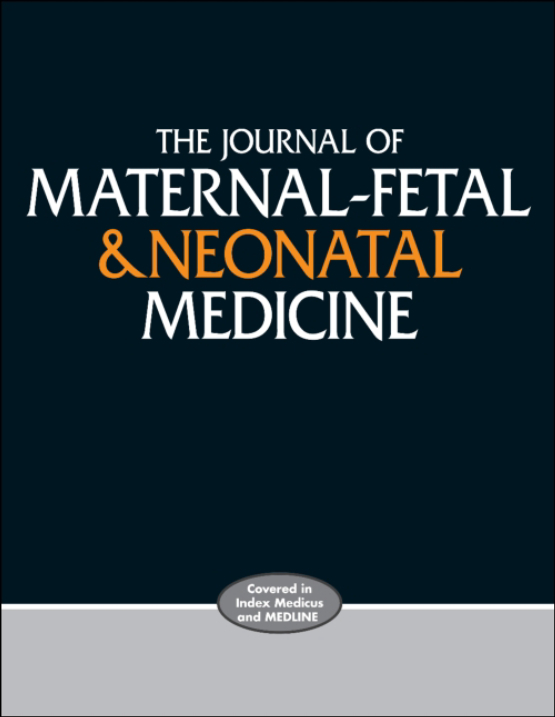Submit a Manuscript to the Journal
The Journal of Maternal-Fetal & Neonatal Medicine
For an Article Collection on
Updates on Fetal Growth Restriction
Manuscript deadline


Article collection guest advisor(s)
Prof. Tamara Stampalija,
IRCCS Burlo Garofolo, Italy
tamara.stampalija@burlo.trieste.it
Prof. Cecilia Villalain,
Universidad Complutense de Madrid, Spain
cecilia.villalain@salud.madrid.org
Prof. Andrea Dall'Asta,
University of Parma, Italy
andrea.dallasta@unipr.it
Updates on Fetal Growth Restriction
Fetal growth restriction (FGR) refers to an entity in which a fetus does not reach its growth potential. Although the concept can be easily understood, it has proved to be very challenging to translate into clinical practice, as said potential cannot yet be ascertained. It is thought to affect 3-7% of pregnancies and is associated with an increased risk of perinatal morbidity, mortality, and even long-term consequences product of fetal programming.
Several advances have been made in the field of FGR, and even if there is no intrauterine treatment available, prenatal diagnosis, tailored follow-up and delivery have shown to improve perinatal outcomes. Nevertheless, there are still many unresolved issues that need our attention, from understanding the underlying pathophysiology and different profiles of the disease to assessing the true extent of long-term complications in these children.
The goal of this Article Collection is to serve as a valuable resource for researchers, clinicians, and healthcare providers in the field of fetal growth restriction. The proposed article types include original research and review articles, providing a holistic view of the topic. Potential topics include but are not limited to the following:
- Determinants of normal fetal growth and causes of fetal growth restriction
- Screening for fetal growth restriction
- Fetal hemodynamics and adaptive changes
- The role of assessing fetal growth velocity
- Fetal growth restriction and maternal hemodynamics
- Diagnosis of fetal growth restriction and controversies
- Fetal growth and Doppler charts: is there a better one? Benefits and pitfalls of different strategies
- Management of early fetal growth restriction
- Management of late fetal growth restriction
- The role of biomarkers in surveillance and management of fetal growth restriction
- Evidence from randomized controlled trials
- Can we treat or prevent fetal growth restriction?
- Comparison of guidelines
- Short term outcomes
- Mid and long-term outcomes
- Placental histopathology in FGR
- Implications for research
- Growth restriction in dichorionic twins: idiosyncrasies in diagnosis and management
All manuscripts submitted to this Article Collection will undergo a full peer-review; the Guest Advisor for this Collection will not be handling the manuscripts.
Please review the journal scope and author submission instructions prior to submitting a manuscript.
The deadline for submitting manuscripts is October 31st, 2025.
Please contact Menghan Li at menghan.li@taylorandfrancis.com with any queries and discount codes regarding this Article Collection.
Please be sure to select the appropriate Article Collection from the drop-down menu in the submission system.
Benefits of publishing open access within Taylor & Francis
Global marketing and publicity, ensuring your research reaches the people you want it to.
Article Collections bring together the latest research on hot topics from influential researchers across the globe.
Rigorous peer review for every open access article.
Rapid online publication allowing you to share your work quickly.
Submission Instructions
All manuscripts submitted to this Article Collection will undergo desk assessment and peer-review as part of our standard editorial process. Guest Advisors for this collection will not be involved in peer-reviewing manuscripts unless they are an existing member of the Editorial Board. Please review the journal Aims and Scope and author submission instructions prior to submitting a manuscript.
